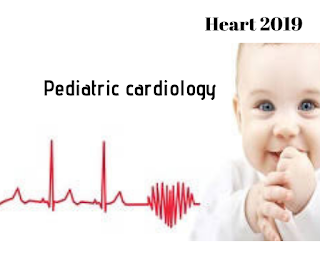Your heart and your brain are more intricately
connected than you may realize. Brain signals the heart to pump its oxygen-rich blood through autonomic
nervous system, and heart responds by delivering blood to the entire body,
including to brain. If brain does not receive enough oxygen from the heart, you
may experience symptoms ranging from fuzzy thinking to a life-threatening
stroke. When blood flow to the brain is interrupted or blocked by a blood clot
or plaque that has broken away from an artery or valve and is floating in the
bloodstream leads to stroke. The lack of oxygen can cause brain cells to die,
leading to symptoms of dementia, disabilities, or even death. The major step to the heart is also ways to protect brain. The steps to prevent from the stroke: Managing your blood pressure is
especially important, because high blood pressure is the leading cause of
stroke. It also may cause tiny lesions in the brain that can slow your thinking
and progress to a loss of brain function in the future.
Steps to Take during Heart Surgery: When your Heart Surgery includes the
value replacement, it is all the more important to consider ways to protect
your brain. Valve replacement procedures, such as transcatheter aortic valve
implantation (TAVI), can be lifesaving interventions. It will correct
restricted blood flow caused by a narrowing or obstruction of the heart valve.
However, during valve replacement, small particles of debris can break loose
and find their way into the blood vessels of the brain.
What is good for the heart is good for the brain.
Understanding the unique relationship between the heart and brain, and taking
steps to protect both of these vital organs throughout life, is important for
lifelong health.







